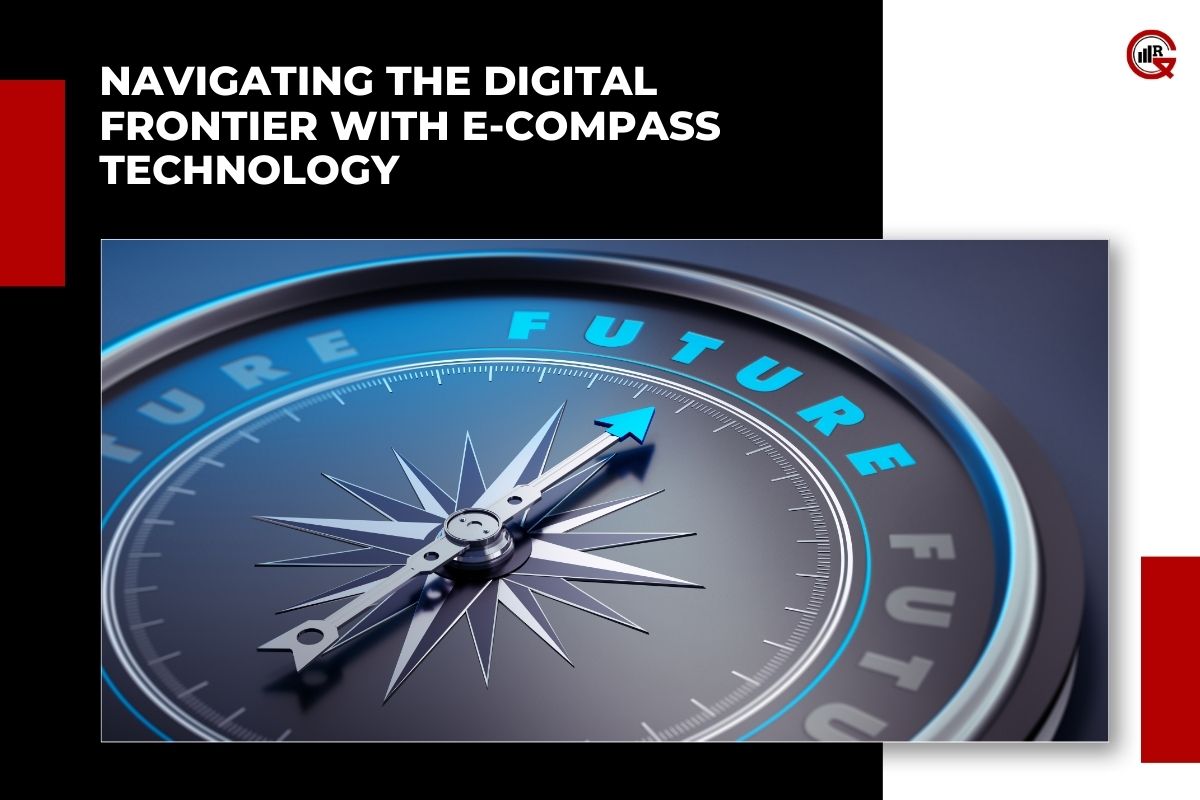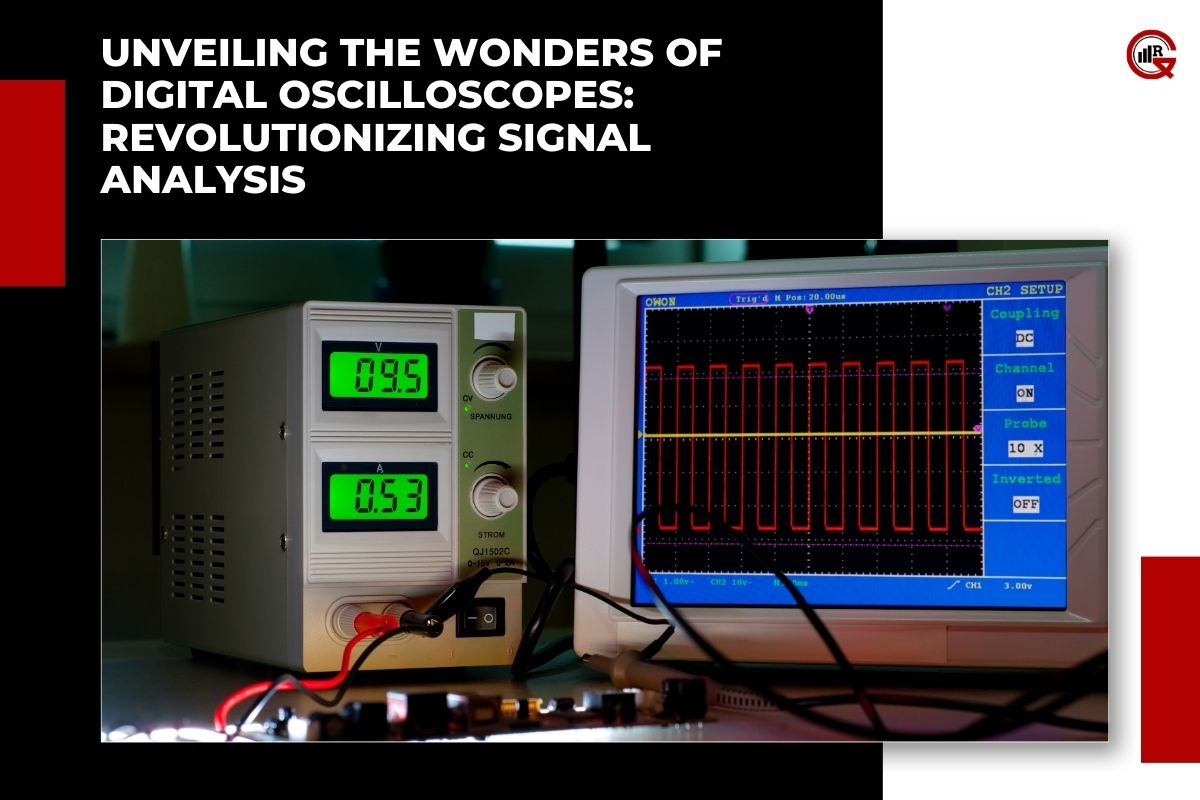In recent years, the agricultural industry has undergone a significant transformation fueled by advancements in sensor technologies. These innovations have revolutionized traditional farming practices, enabling farmers to optimize resource utilization, increase productivity, and enhance sustainability. In this article, we explore the latest advances in agriculture sensor technologies and their impact on modern farming.
1. Precision Agriculture Sensor Technologies
Precision agriculture sensors are at the forefront of agricultural innovation, providing farmers real-time data on soil conditions, weather patterns, crop health, and environmental parameters. These sensors enable precise and targeted management of agricultural inputs such as water, fertilizers, and pesticides, optimizing yields while minimizing waste and environmental impact.
Recent advancements in precision agriculture sensor technologies include:
- High-resolution soil moisture sensors are capable of measuring soil moisture content at multiple depths and spatial resolutions, enabling farmers to optimize irrigation schedules and minimize water usage.
- Hyperspectral imaging sensors capture detailed spectral data across hundreds of wavelengths, allowing farmers to assess crop health, detect nutrient deficiencies, and identify pest infestations with unprecedented accuracy.
- Weather monitoring sensors equipped with advanced meteorological sensors and predictive analytics capabilities, enable farmers to anticipate weather events and make informed decisions about planting, harvesting, and crop protection measures.
- These advancements in precision agriculture sensors empower farmers to adopt data-driven decision-making approaches and implement sustainable farming practices that optimize yields while minimizing environmental impact.
2. IoT-enabled Livestock Monitoring Systems
Livestock monitoring systems powered by Internet of Things (IoT) technology are revolutionizing animal husbandry practices, enabling farmers to monitor the health, behavior, and performance of their livestock in real time. These systems utilize wearable sensors, RFID tags, and wireless communication networks to collect and analyze data on factors such as body temperature, activity levels, and feeding behavior, enabling early detection of health issues and proactive management of herd health.
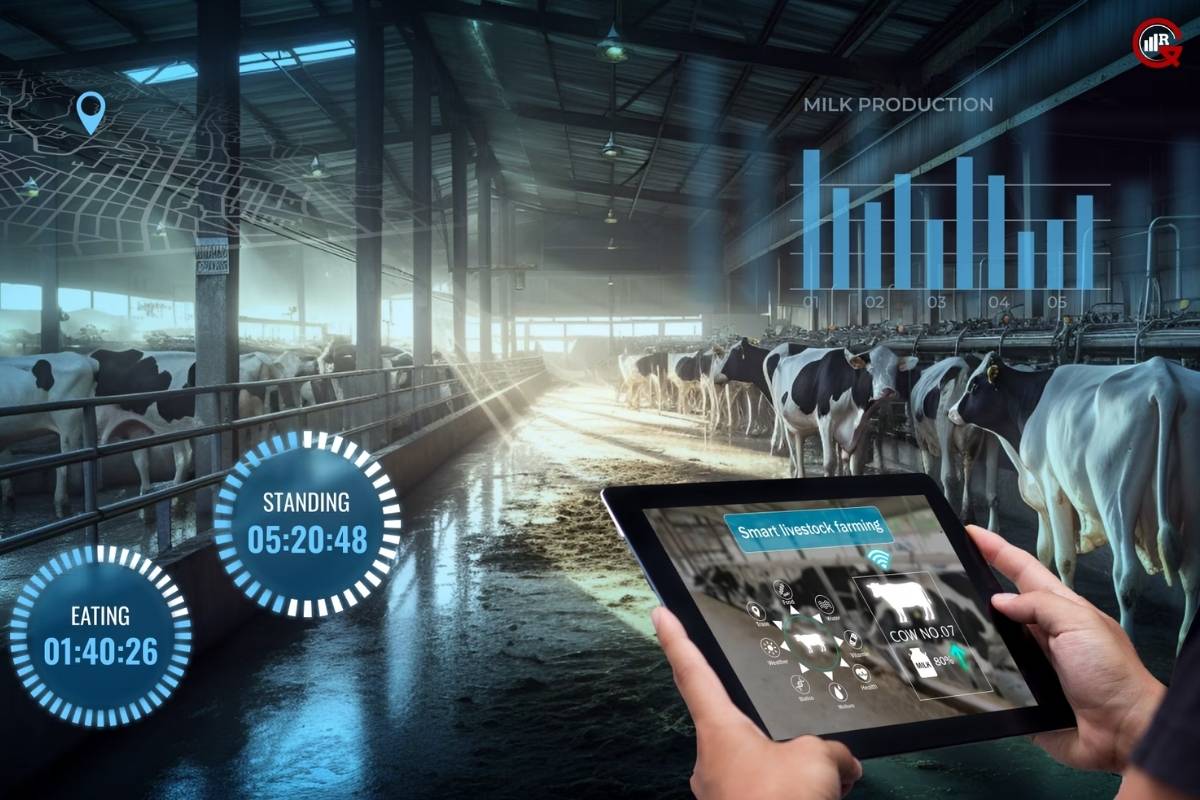
Recent advancements in IoT-enabled livestock monitoring systems include:
- Smart collars equipped with GPS tracking and biometric sensors that monitor the location, movement, and vital signs of individual animals, enabling farmers to detect signs of distress, estrus detection, and early warning of potential issues such as calving or lameness.
- Automated feeding systems equipped with RFID tags and weight sensor technologies monitor feed intake and distribution, enabling farmers to optimize feeding schedules, reduce feed waste, and improve nutrition management.
- Health monitoring platforms equipped with cloud-based analytics and machine learning algorithms that analyze data from multiple sensors to detect patterns and trends indicative of disease outbreaks, enabling farmers to implement targeted intervention and management strategies.
- These advancements in IoT-enabled livestock monitoring systems are enhancing animal welfare, improving productivity, and reducing the risk of disease outbreaks in livestock farming operations.
3. Drone-based Crop Monitoring Solutions
Drone-based crop monitoring solutions are revolutionizing how farmers monitor and manage their crops, providing high-resolution aerial imagery and multispectral data for assessing crop health, identifying pest infestations, and optimizing field management practices. These solutions enable farmers to obtain timely and accurate information about their crops, enabling them to make data-driven decisions and implement precision farming practices.
Recent advancements in drone-based crop monitoring solutions include:
- High-resolution multispectral cameras capable of capturing detailed imagery across multiple spectral bands, enabling farmers to assess crop health, detect stress, and identify nutrient deficiencies with unprecedented accuracy.
- Automated flight planning and image processing software that streamlines the process of collecting and analyzing drone imagery, enabling farmers to quickly generate actionable insights and make informed decisions about crop management.
- Integration with other precision agriculture technologies such as GPS-guided tractors and variable rate application systems, enables farmers to implement targeted interventions such as variable rate fertilization and pesticide application based on drone-derived crop health data.
- These advancements in drone-based crop monitoring solutions are enabling farmers to optimize yields, reduce input costs, and improve sustainability in crop production.
4. Wireless Soil Nutrient Sensors
Wireless soil nutrient sensor technologies are revolutionizing how farmers monitor soil fertility and nutrient levels, providing real-time data on soil nutrient concentrations and enabling precise and targeted fertilization practices. These sensors utilize wireless communication networks to transmit data to centralized monitoring systems, allowing farmers to monitor soil conditions across large agricultural landscapes and make informed decisions about nutrient management.
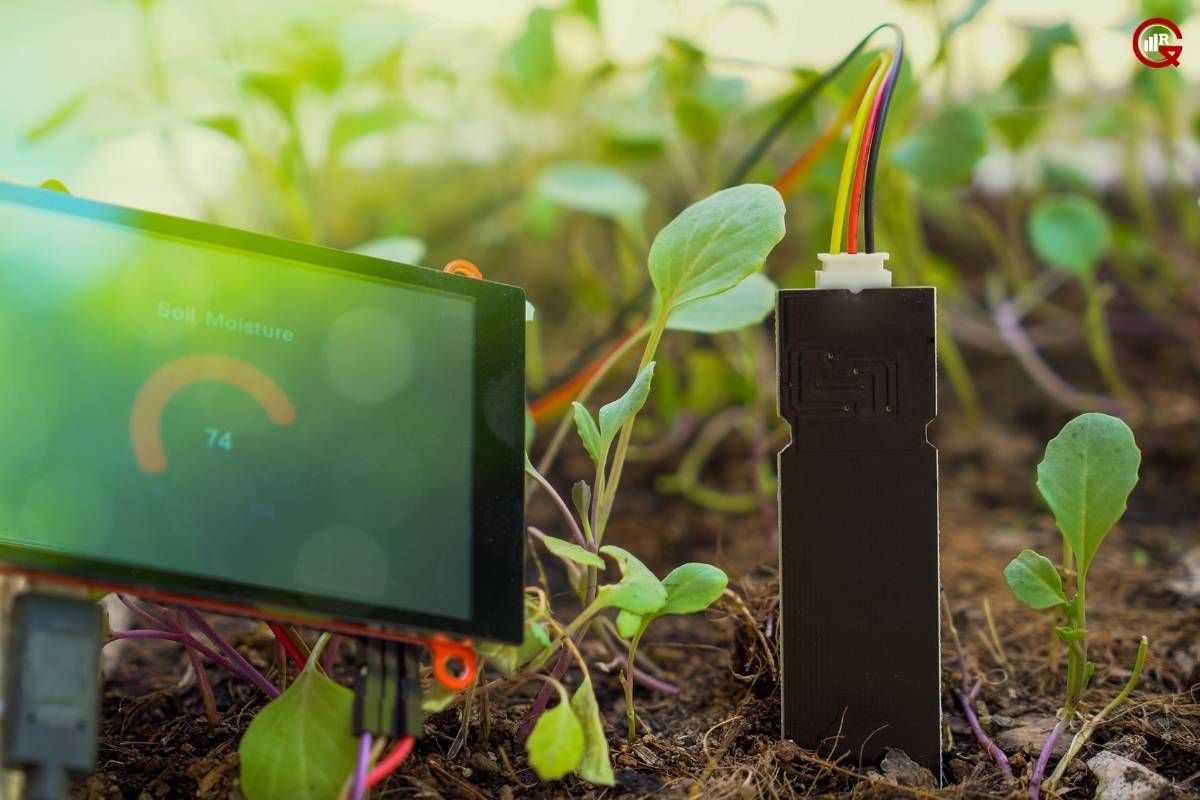
Recent advancements in wireless soil nutrient sensors include:
- Miniaturization and integration of sensor technologies components to reduce sensor size, cost, and power consumption, enabling widespread deployment in agricultural fields and remote locations.
- Integration with IoT platforms and cloud-based analytics software that provide farmers with real-time access to soil nutrient data, enabling them to monitor soil fertility levels, track changes over time, and optimize fertilization practices.
- Calibration and validation of sensor data using ground truth measurements and laboratory analysis, ensuring the accuracy and reliability of soil nutrient measurements and enabling farmers to make confident decisions about nutrient management.
- These advancements in wireless soil nutrient sensors are empowering farmers to implement precision fertilization practices that optimize nutrient utilization, minimize environmental impact, and improve crop yields.
5. Blockchain-enabled Traceability Solutions
Blockchain-enabled traceability sensor technologies solutions are revolutionizing food supply chains by providing transparent, immutable, and secure records of product origin, quality, and authenticity. These solutions utilize blockchain technology to create a decentralized and tamper-proof ledger of transactions, enabling farmers, distributors, and consumers to track the journey of agricultural products from farm to fork.
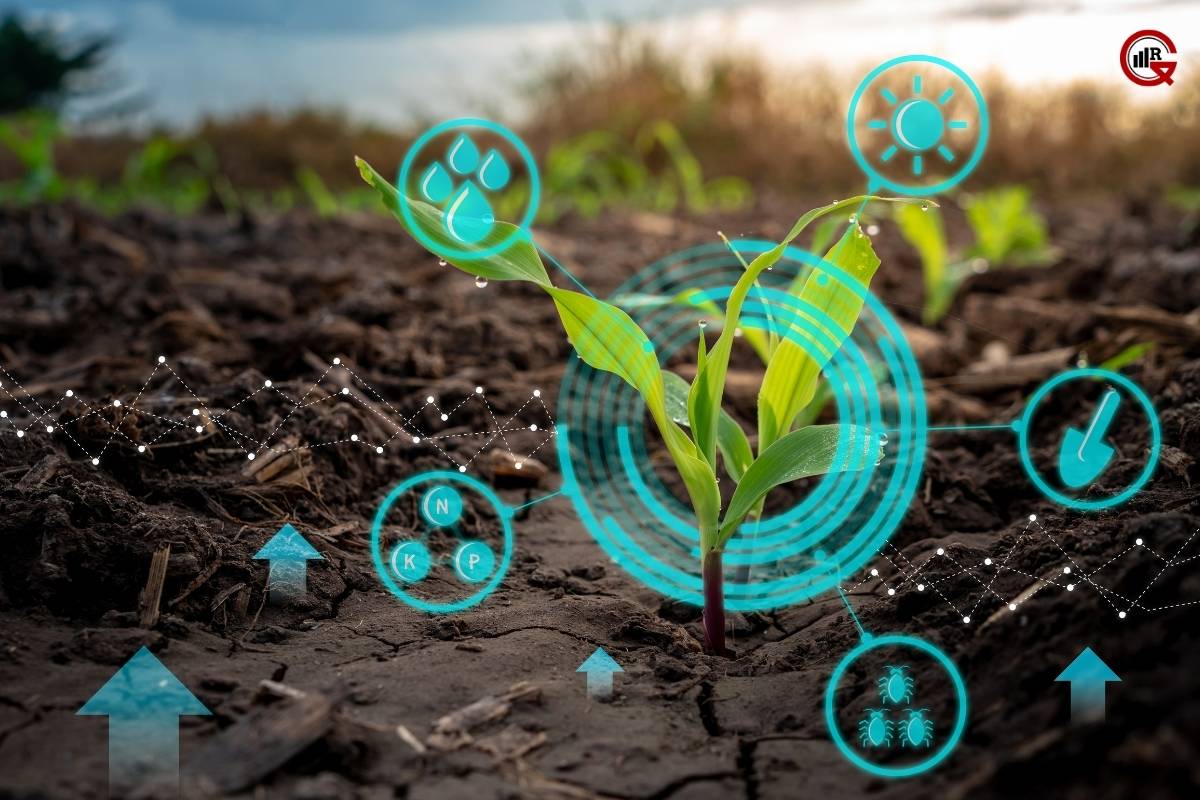
Recent advancements in blockchain-enabled traceability solutions include:
- Integration with IoT devices and sensors that capture data on product origin, production methods, and handling practices enables farmers to create digital records securely stored on the blockchain.
- Smart contracts and automated verification mechanisms that ensure compliance with food safety regulations, certification standards, and quality assurance protocols throughout the supply chain, reducing the risk of fraud, adulteration, and counterfeiting.
- Consumer-facing applications and mobile platforms enable consumers to scan QR codes or NFC tags on product packaging to access detailed information about the product’s journey, including farm of origin, harvest date, and production methods.
- These advancements in blockchain-enabled traceability solutions are enhancing transparency, trust, and accountability in the food supply chain, enabling consumers to make informed choices about the food they eat and promoting sustainability and ethical sourcing practices in agriculture.
Conclusion
In conclusion, advances in agriculture sensor technologies are transforming how farmers monitor and manage their crops, livestock, and soil, enabling them to optimize resource utilization, increase productivity, and enhance sustainability. From precision agriculture sensors and IoT-enabled livestock monitoring systems to drone-based crop monitoring solutions, wireless soil nutrient sensors, and blockchain-enabled traceability solutions, these innovations are revolutionizing every aspect of agricultural production and supply chains.
As sensor technologies continue to evolve and become more accessible, researchers, engineers, policymakers, and industry stakeholders need to collaborate and invest in research, development, and deployment efforts to harness the full potential of these technologies and address societal challenges such as food security, environmental sustainability, and climate change. By embracing advances in agriculture sensor technologies, we can create a more efficient, resilient, and sustainable agricultural system that meets the needs of present and future generations.


